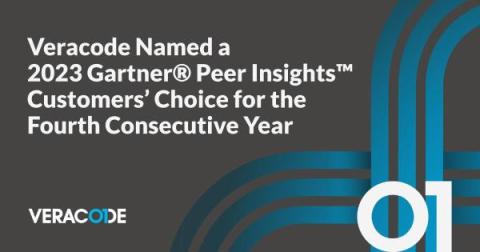Behind the Recognition: Why We Believe We're a Gartner Peer Insights Customers' Choice 2023
As 2023 comes to a close, we aim to inspire excellence by highlighting our customers’ dedication to a more secure world. Thanks to you, we are honored to be (for the fourth consecutive year) recognized as a 2023 Gartner® Peer Insights™ Customers’ Choice. Let’s explore some of the stories that make this recognition possible.







